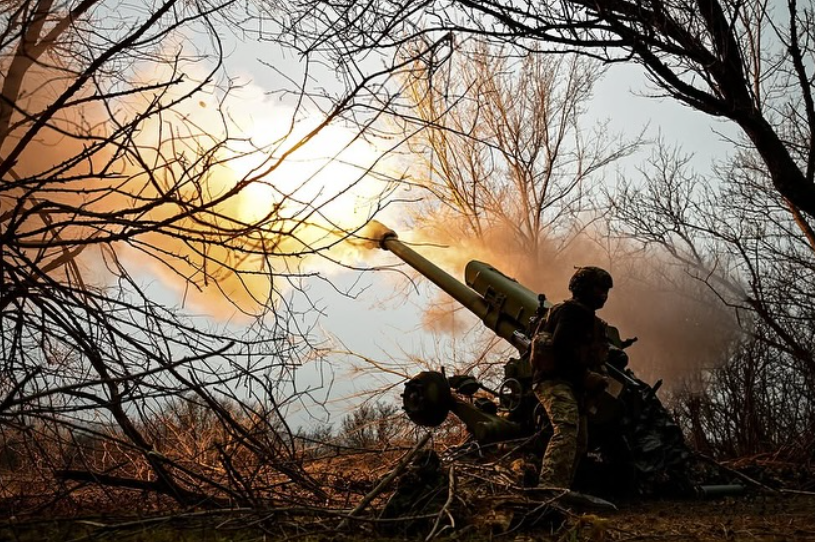[ad_1]
GROVE, England (Reuters) – A Formula One racing team is employing technology that helps racing drivers survive high speed crashes to create a new device that keeps newborn babies safe during emergency transportation.
The device, known as the Babypod 20, is made from carbon fiber – the same material used in Formula One cars’ bodywork. It can withstand a 20 g-force impact and provides newborns with a secure, temperature-controlled environment for ambulance transportation.
It was designed and built by Williams Advanced Engineering, an arm of the UK-based Williams F1 team, in collaboration with healthcare firm Advanced Healthcare Technology (AHT).
“This challenge of providing a lightweight, strong pod to put infants in to be moved around is absolutely the same challenge, virtually, as we’re trying to tackle in the main chassis of a Formula 1 car,” Paul McNamara, Technical Director at Williams Advanced Engineering, told Reuters.
“We need it to be strong, light, and crash-proof.”
There were 7,938 medical transfers of newborn children in the UK in the 12 months up to June 2017, according to the UK’s Neonatal Transport Group, a medical association specializing in the transporting children.
Typically, providing emergency transport to newborn children requires the use of large incubators, which require a power supply and specialist vehicles.
The pods are now being used by the UK’s Children’s Acute Transport Service. Eithne Polke, the service’s operational manager, said the design had “made a big difference to our transportation processes”.
Williams says it expects to make around 500 of the devices in the first year of production.
F1 teams frequently put their engineering know-how to use outside the sport.
Williams’ rivals McLaren have applied data management and race simulation expertise to help London’s Heathrow airport improve movements on the ground and reduce the time spent by planes circling overhead.
Williams previously developed a device to save money and energy by using aerodynamic technology developed through racing to keep more cold air inside open-fronted refrigerators.
Reporting by Reuters TV,; Writing by Mark Hanrahan in London, editing by Ed Osmond
[ad_2]
Source link






Leave a Reply